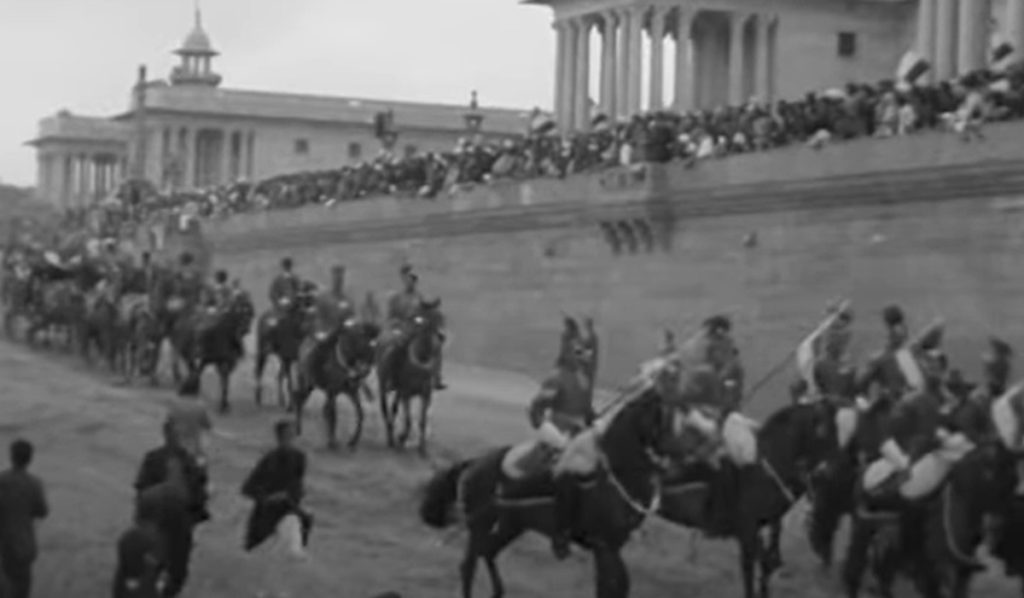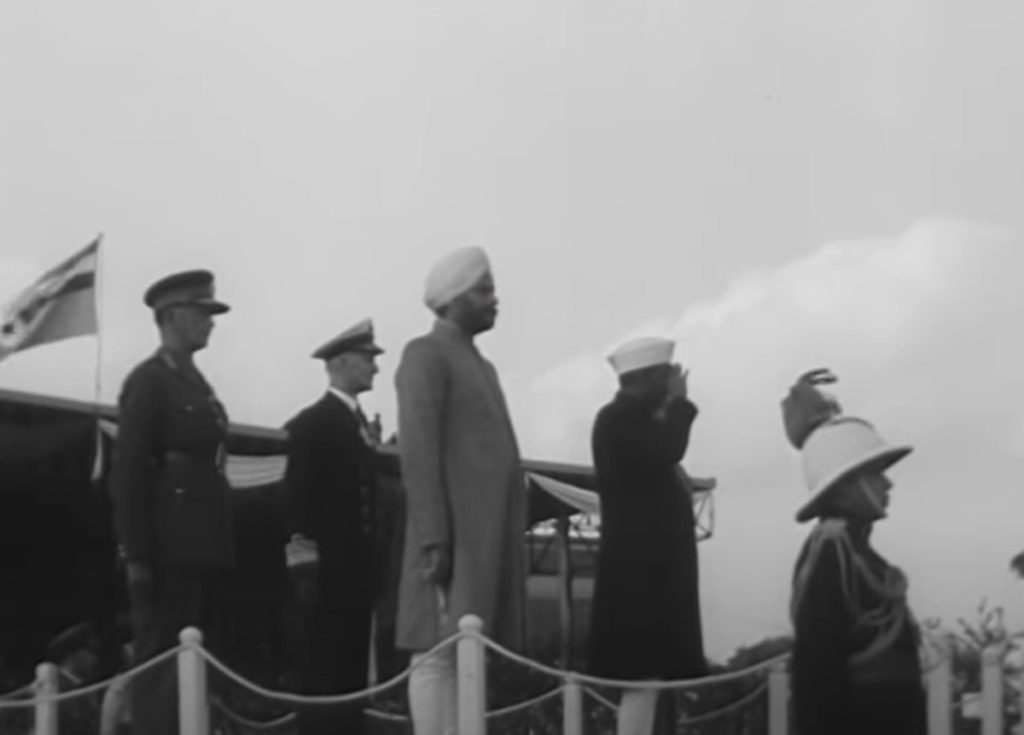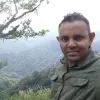AS India celebrates its 74th Republic Day, the Tricolour will be unfurled at Delhi’s Rajpath followed by a display of India’s military might, including the flypast by fighter aircraft, march past by contingents of the Armed Forces and a parade of cultural tableaux by various government departments and states.
It’s a tradition that started on January 26, 1950, when India was declared a republic and the Indian constitution came into effect on this day. Here, we look at how India’s first Republic Day unfolded on January 26, 1950.
At 18 minutes past 10 on the morning of Thursday, January 26, 1950, C. Rajagopalachari, the outgoing Governor-General of the Dominion of India, declared India a ‘Sovereign Democratic Republic’ and read out the proclamation. “It is hereby proclaimed that from this, the twenty sixth day of January 1950, India, that is Bharat, shall be a Sovereign Democratic Republic, and the Union and its component units, the States, shall exercise all powers and functions of government and administration in accordance with the provisions of the said Constitution.”
Government sworn in
Six minutes later, Dr Rajendra Prasad was sworn in as the first President of India by Chief Justice of India Harilal Kania in the Durbar Hall of Government House (Later Rashtrapati Bhavan).

After the President of India was sworn-in, the Governor General’s flag was lowered and the President’s flag hoisted on the Rashtrapati Bhavan. The National Anthem followed this as 31 guns boomed, announcing the republic’s birth.
At 10.38 a.m. the Union Cabinet was sworn in by President Rajendra Prasad – led by Prime Minister Jawahar Lal Nehru, the Speaker, the Chief Justice of India, the judges of the Supreme Court and the Auditor General of India.
Tricolour hoisted
The President instituted three gallantry awards to be designated the Param Vir Chakra, the Maha Vir Chakra and the Vir Chakra for the Armed Forces. These awards were deemed to come into effect from August 15, 1947.
In the afternoon, the President drove to the Irwin Stadium (Dhyan Chand Stadium) in a long procession. The chief guest for India’s first Republic Day was Indonesian President Sukarno. He, along with the President of India, were driven in a six-horse carriage to the stadium with thousands of people greeting them.

The flag hoisting ceremony took place at the stadium. The host of the event was India’s first defence minister Baldev Singh. The Union Cabinet, foreign dignitaries, ambassadors and about 15,000 general public were present at the stadium.
Awards and ceremonies
The President then gave out gallantry awards, including the highest Param Vir Chakra to Major Somnath Sharma and Lance Naik Karam Singh (both posthumously) for their bravery and sacrifice in the war with Pakistan in 1948.

This was followed by the inspection of troops at the ceremonial parade. One of the most popular attractions during the Republic Day parade, the caparisoned contingent of camels of the Border Security Force (BSF) was part of the 1950 parade. The Indian Army was in charge of the camel contingent then. (From 1951 onwards, the parade moved to Kingsway, later to be christened as Rajpath).
In the evening, the President hosted a state banquet to celebrate the rise of the new republic. One of the invitees was the outgoing Governor-General, Rajagopalachari.
You can explore NGO fundraisers on give.do and do your part to help people across India who are in need:
–
Give’s mission is to “make giving bigger and better.” Give is the most trusted donation platform in India for fundraisers and crowdfunding campaigns. Through our technology solutions, we enable individuals and organisations to fundraise and donate to a cause, charity or NGO with trust and convenience. Give’s community of 2.7M+ individual donors and 300+ organisations supports 3,000+ verified nonprofits with 80G deduction and serves 15M+ people across India. Find a fundraiser today!

Kumara was a professional journalist for over 15 years, with stints in The Telegraph and Reader’s Digest. He grew up hating maths and physics. He is a post-graduate in history. Kumara believes that cricket and Seinfeld have answers to most questions that life throws at you.
Discover more from
Subscribe to get the latest posts sent to your email.

